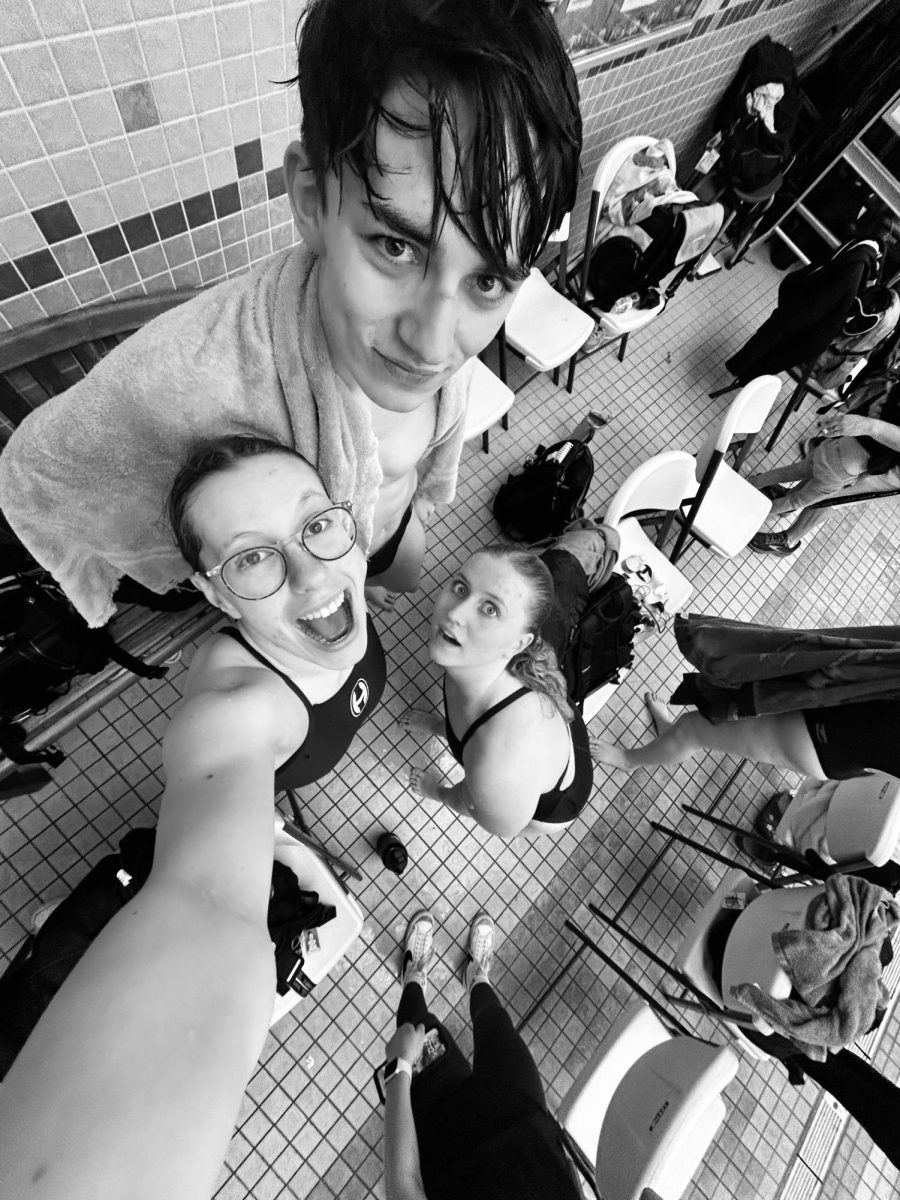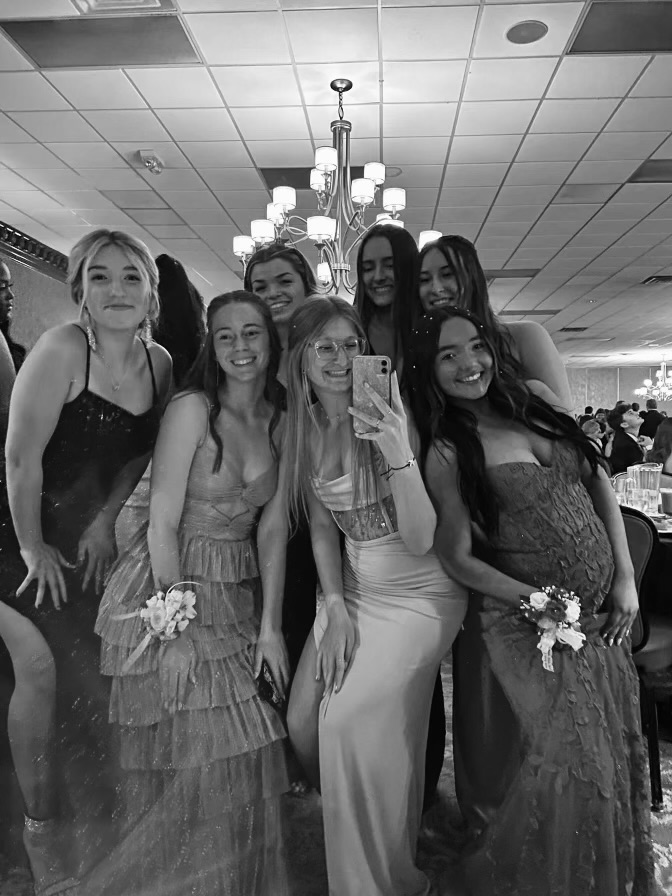Why can girls wear earrings, but boys can not? Why are high ponytails and buns considered distracting for boys but not girls? Dress code sexism is often focused on female students, but as of lately, myself along with many others have noticed these trends directed towards the male students alone. I decided to look for answers with the Dean of Dress Code himself, Timothy Lucey.
Students often question the necessity of such detailed dress code regulations. Who is so deeply offended by a man bun or facial hair longer than a one-guard? Lucey’s primary response to this concern was rooted in the school’s Catholic identity. It all goes back to the faith that the Hoban prioritizes. We are a Holy Cross institution, and we carry that title with pride, so it is important that students look put together and somewhat uniform.
This all started with the question:why can girls wear earrings, but boys can not? The answer is less straightforward. First, the dress code tends to change alongside fashion trends. For example, there was a time when ear gauges were popular, so boys were not allowed earrings to avoid studs becoming gauges.
The dress code is subject to change. As previously stated, rules change as the trends come and go. Lucey used the example of cargo pants. No where did the rules state that cargo pants were or were not allowed, so when they came back in style, administration began getting calls for clarification. Lucey, along with other Hoban administrators, decided that they looked nice and there was no reason to prohibit them, resulting in a handbook amendment.
Regarding earrings, Lucey said that changes could be made. He took the idea of a rule allowing men to wear earrings limited to one stud per ear into great consideration stating that “we always fought the battle of facial hair, and we agreed to compromise to let boys have basically a one guard, so something like that could be discussed” Fear not male students who wish to dawn their earrings in the halls of Hoban High, there is hope for the future.
Moving on to the topic of hair, my first inquiry surrounded a specific phrase in the handbook:“neat and clean”. This is the term by which all mens’ haircuts should be based. However, the term itself is admittedly a subjective one.
Lucey responded to this explaining that technically that call would be on himself or a fellow administrator. He elaborated saying, “I don’t think a student has ever been asked to get a haircut because their hair is not deemed neat and clean”.
There are, however, some specifics about mens’ hair that came into question, as well. Why are styles such as high ponytails and buns considered “distracting” on men but not women?
Providing some much needed clarity, Lucey explained that it is not the styles themselves that would be distracting, but he stated, “when it’s gathered off to the side or top sometimes it’s distracting because maybe the hair is not long enough or it just doesn’t sit right.” Gathering the hair into a low ponytail is an attempt to universalize the code for hair so that there is no room for subjectivity or rules being enforced to some students over others.
The rule was more so made to universalize a hairstyle that would fit all longer length, mens’ hair, while also keeping it contained and orderly. Lucey said that mens’ hair that reaches the collar bone is asked to be pulled to the base, or nape, of the neck. Administrators do not give infractions surrounding this rule, but instead simply ask students to comply first so that no unnecessary action is taken.
Contrary to popular belief, Lucey does not enjoy enforcing the dress code, especially in the position that he holds. Dress code infractions do not fill his dreams at night, nor do they bring a smile to his face. “Nobody really enjoys doing a dress code check,” he admits.
Lucey is open to discussion regarding concerns with the dress code. As long as an amicable conversation can be had, he is willing to consider future adjustments to our handbook. At the base of it, there will always be a Hoban polo, but as the world and fashion changes, the dress code will do its best to keep up.
This school year, students have been much more compliant with the rules. Lucey was proud to say that even during the more relaxed dress downs we have had for the heat, everyone followed the given guidelines making his job much easier and his day more pleasant.
At the heart of all of this, Lucey emphasized the importance of being a Catholic high school, resulting in the need for order in appearance. None of these rules were made maliciously or with any sort of discriminatory intent. The dress code is a necessary evil, and enforcing it is not a job that anyone truly enjoys, but someone has to do it. Lucey’s message is clear: Follow the rules and do not shoot the messenger.





